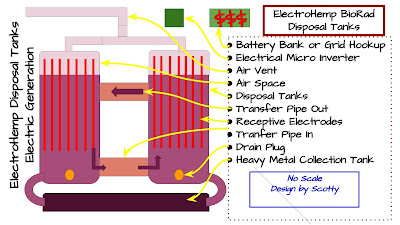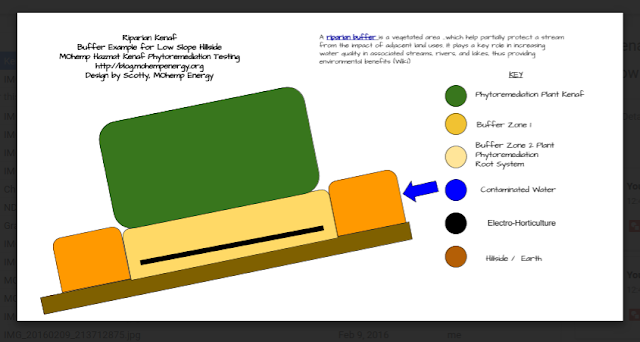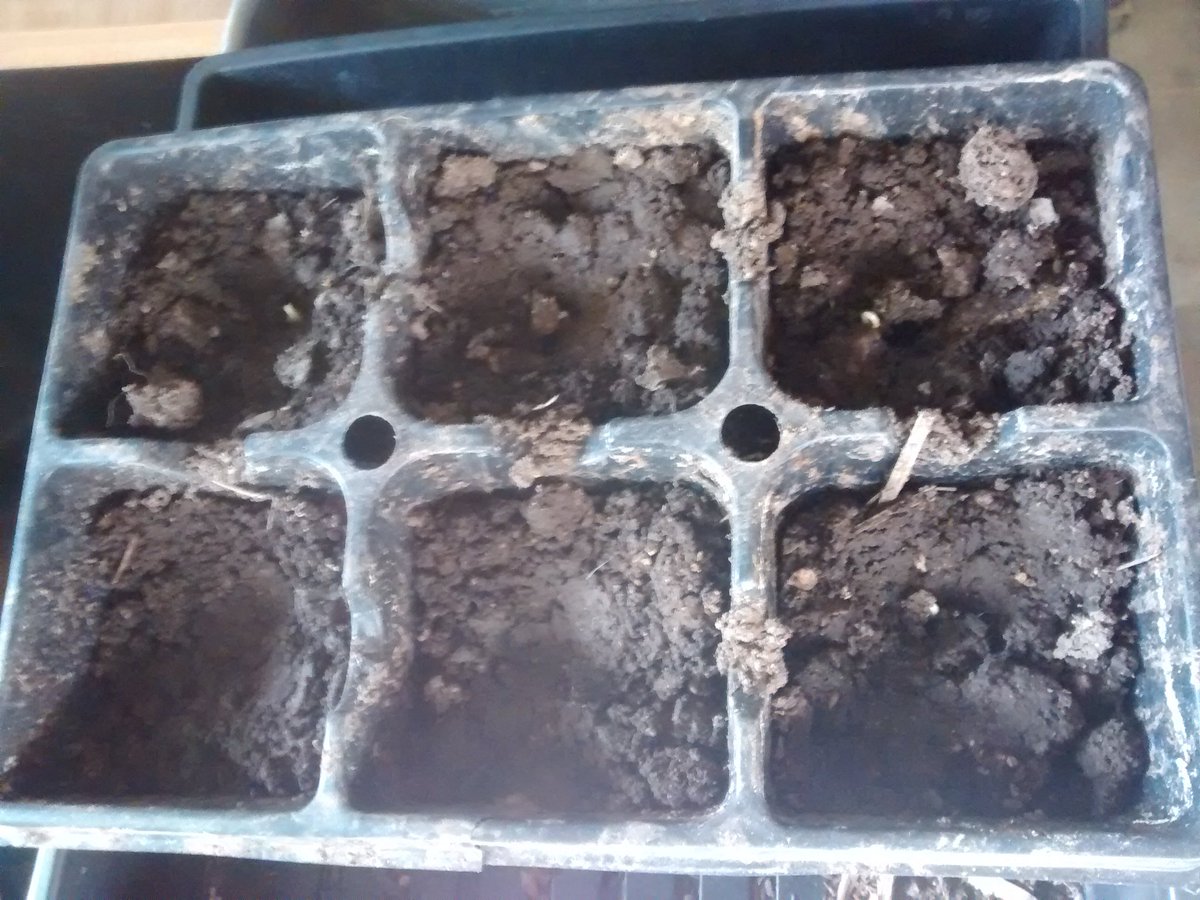Last night while participating in the #STLChat about the Nuclear Contamination of the Westlake Landfill was just the break I needed.
The time spent not absorbed on the green remediation plan allowed my mind to put the remaining pieces of the 5 Stage Phytoremediation project in place.
The end goal has always been to create clean energy from the Biomass resources. Which under normal circumstances could be done fairly easily.
With the addition of adding Electrokinetics which increases both the heavy metal movement in the soil and phytoremediation of heavy metal uptake in the plants was going to eliminate any Biomass end use due to the advanced heavy metal absorption within the plant.
That had previously left me in a quandary. I wasn't for sure on what to do with all the toxic plant matter - burning it for fuel was not an option, as it would have once again turned the nuclear radiation airborne.
Through hours of research, a few hints from the University of Missouri, and believe it or not a kids science fair project- sparked the idea which aligned the final end use of the phytoremediation plants and allows MOhemp to turn these toxic nuclear radiation molecules into a clean energy source of electricity!
This process also renders the Nuclear Toxins inert and non toxic!
Stay tuned for more details!
update Mar 18, 2016 ElectroHemp BioRad Hazardous Waste Disposal and Clean Energy Generation Diagram
 | ||
| ElectroHemp BioRad Hazardous Waste Disposal and Clean Energy Generation Diagram |


























